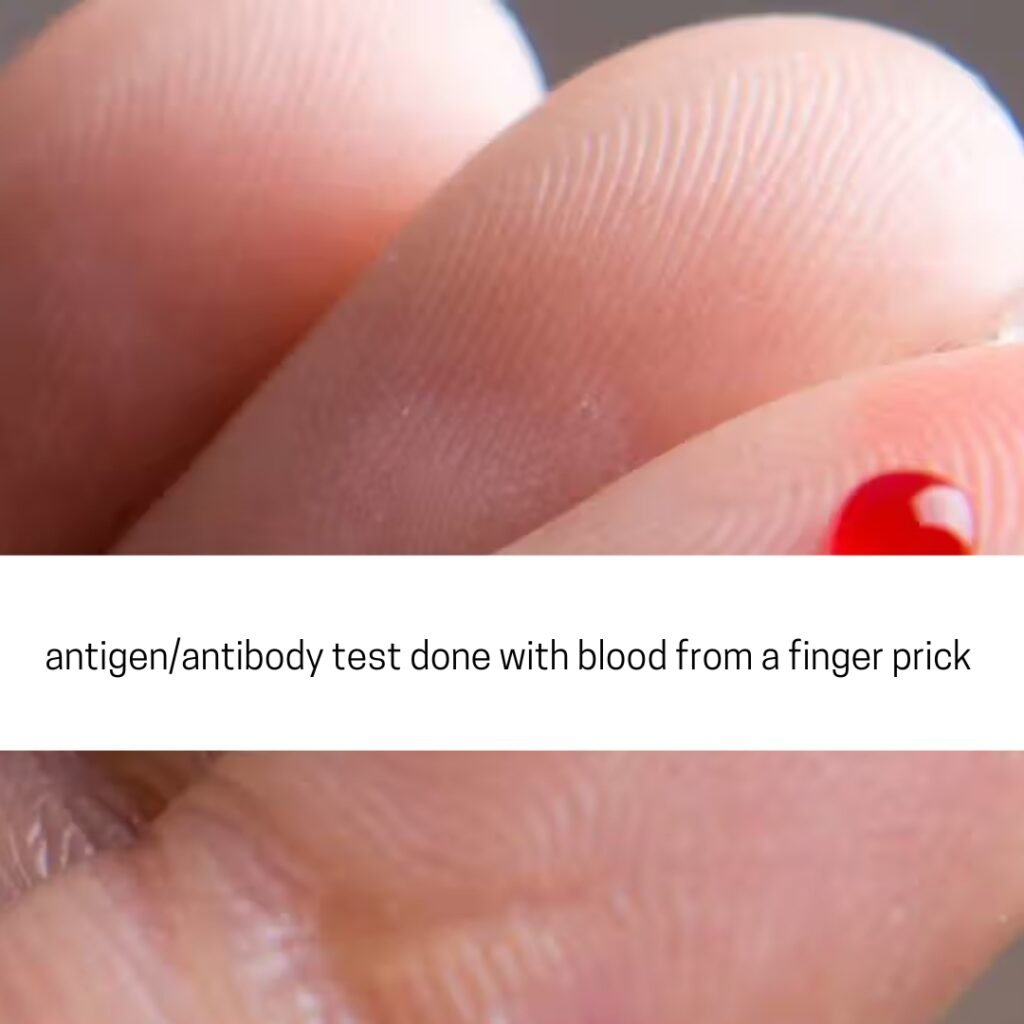
Understanding the Finger HIV Test
The finger HIV test, also known as the rapid finger-prick test, is a widely used diagnostic tool for detecting HIV antibodies. It provides quick results, making it a preferred choice for many individuals. However, its accuracy depends on the timing and the type of test used. The test is generally reliable 90 days post-exposure, as this period allows the body to develop detectable antibodies, a phase known as the window period.
If the test is conducted too early, there is a higher risk of a false negative result. For individuals requiring earlier detection, tests like HIV RNA tests or 4th-generation antigen/antibody tests are recommended.
When to Get Tested for HIV
Timing is crucial when undergoing HIV testing. Here’s a breakdown:
- 18 Days Post-Exposure: The earliest window to use the finger-prick test, though detection accuracy is limited.
- 10–30 Days Post-Exposure: For earlier detection, opt for HIV RNA or 4th-generation antigen/antibody tests.
- 3 Months (90 Days) Post-Exposure: The ideal time for reliable results from the rapid finger-prick test.
Testing early and repeating tests during the window period is essential to confirm results.
- Best Erectile Dysfunction Treatment in India – Trusted Ayurvedic Solutions by Dr. Monga Clinic
- Tight Foreskin Phimosis Treatment Without Surgery: Topical Steroid Creams & Ayurvedic Treatment
- Tight Foreskin (Phimosis) Ayurvedic Treatment: Natural Oils, Remedies & Stretching That Work Without Surgery
- Phimosis in Men & Boys: Full Guide to Symptoms, Causes & Non-Surgical Treatment
- Best Acid Reflux & Acidity Treatment in Gurugram Haryana: Ayurvedic Treatment at Dr. Monga Clinic
How the Finger HIV Test Works
The finger HIV test involves a small finger prick to collect blood. The test detects the presence of HIV antibodies and delivers a result within minutes:
- Reactive Result: Indicates the possible presence of HIV antibodies. A follow-up lab-based test is required for confirmation.
- Non-Reactive Result: Indicates no detectable antibodies, but further testing may be needed if within the window period.
Repeat Testing Recommendations
For some individuals, it may take up to three months to produce detectable HIV antibodies. Repeating the test ensures:
- Accurate results.
- Elimination of false negatives.
- Timely initiation of treatment if needed.
Healthcare professionals often recommend retesting at intervals based on the exposure timeline.
Other Types of HIV Tests
While the finger-prick test is convenient, there are other reliable options:
Rapid Antigen/Antibody Tests
- Combines detection of antigens and antibodies.
- Provides results in 30 minutes or less.
4th-Generation Tests
- Detects both HIV-1/2 antibodies and p24 antigens.
- Ideal for early detection, offering accurate results within 10–30 days post-exposure.
HIV RNA Tests
- Directly identifies the HIV virus.
- Most effective for detection 10–12 days after exposure.
Lab-Based Antigen/Antibody Tests
- Requires blood drawn at a clinic.
- Results take several days but are highly accurate.
HIV Symptoms in Men
Understanding the symptoms of HIV helps individuals recognize early warning signs and seek timely medical attention.
Early Symptoms (2–4 Weeks After Exposure)
- Fever
- Fatigue
- Sore throat
- Rash
- Swollen lymph nodes
Chronic Stage Symptoms
- Persistent diarrhea
- Night sweats
- Weight loss
- Recurrent infections
Advanced Stage (AIDS) Symptoms
- Opportunistic infections (e.g., tuberculosis, pneumonia)
- Severe weight loss
- Skin conditions like rashes or sores
If any symptoms occur post-exposure, it’s vital to undergo immediate testing.
HIV Screening Tools
Screening tools play a vital role in early detection and treatment initiation. Common screening options include:
Rapid HIV Tests
- Includes finger-prick tests and oral swabs.
- Provides quick results, often within minutes.
4th-Generation Tests
- Detects both antigens and antibodies.
- Offers improved accuracy during the window period.
HIV RNA Tests
- Detects the virus directly, even before antibodies develop.
- Highly effective for early detection post-exposure.
Screening ensures early diagnosis, reducing the risk of transmission and improving treatment outcomes.
HIV Treatment with Antiretroviral Drugs (ART)
Treatment for HIV revolves around Antiretroviral Therapy (ART), which suppresses the virus, boosts immunity, and prevents progression to AIDS. ART is personalized based on individual health needs.
Common Drug Classes in ART
- NRTIs (Nucleoside Reverse Transcriptase Inhibitors)
- Examples: Tenofovir, Emtricitabine, Abacavir
- Blocks the virus’s ability to replicate.
- NNRTIs (Non-Nucleoside Reverse Transcriptase Inhibitors)
- Examples: Efavirenz, Rilpivirine
- Prevents the virus from copying itself.
- PIs (Protease Inhibitors)
- Examples: Atazanavir, Darunavir
- Stops the virus from maturing.
- INSTIs (Integrase Strand Transfer Inhibitors)
- Examples: Dolutegravir, Raltegravir
- Blocks the virus’s integration into human DNA.
- Entry/Fusion Inhibitors
- Examples: Maraviroc, Enfuvirtide
- Prevents the virus from entering cells.
- Combination Pills
- Examples: Biktarvy, Triumeq, Atripla
- Simplifies treatment by combining multiple drugs in one pill.
Early initiation of ART improves quality of life and lowers the risk of transmission.
The Importance of Early HIV Detection
Detecting HIV early allows individuals to:
- Start treatment promptly, slowing disease progression.
- Prevent transmission to others.
- Improve long-term health outcomes.
Regular testing is crucial for individuals at risk, including those with multiple partners, healthcare workers, or those who have had unprotected sex.
Conclusion
The finger HIV test offers a quick and reliable method for detecting HIV antibodies, especially after the 90-day window period. For early detection or confirmatory testing, alternative options like HIV RNA tests or 4th-generation tests are recommended. Timely testing, combined with ART, ensures better health outcomes and reduces the risk of HIV progression.
If you are seeking more information about HIV prevention and treatment, consult Dr. Monga’s multi-specialty clinic for guidance.
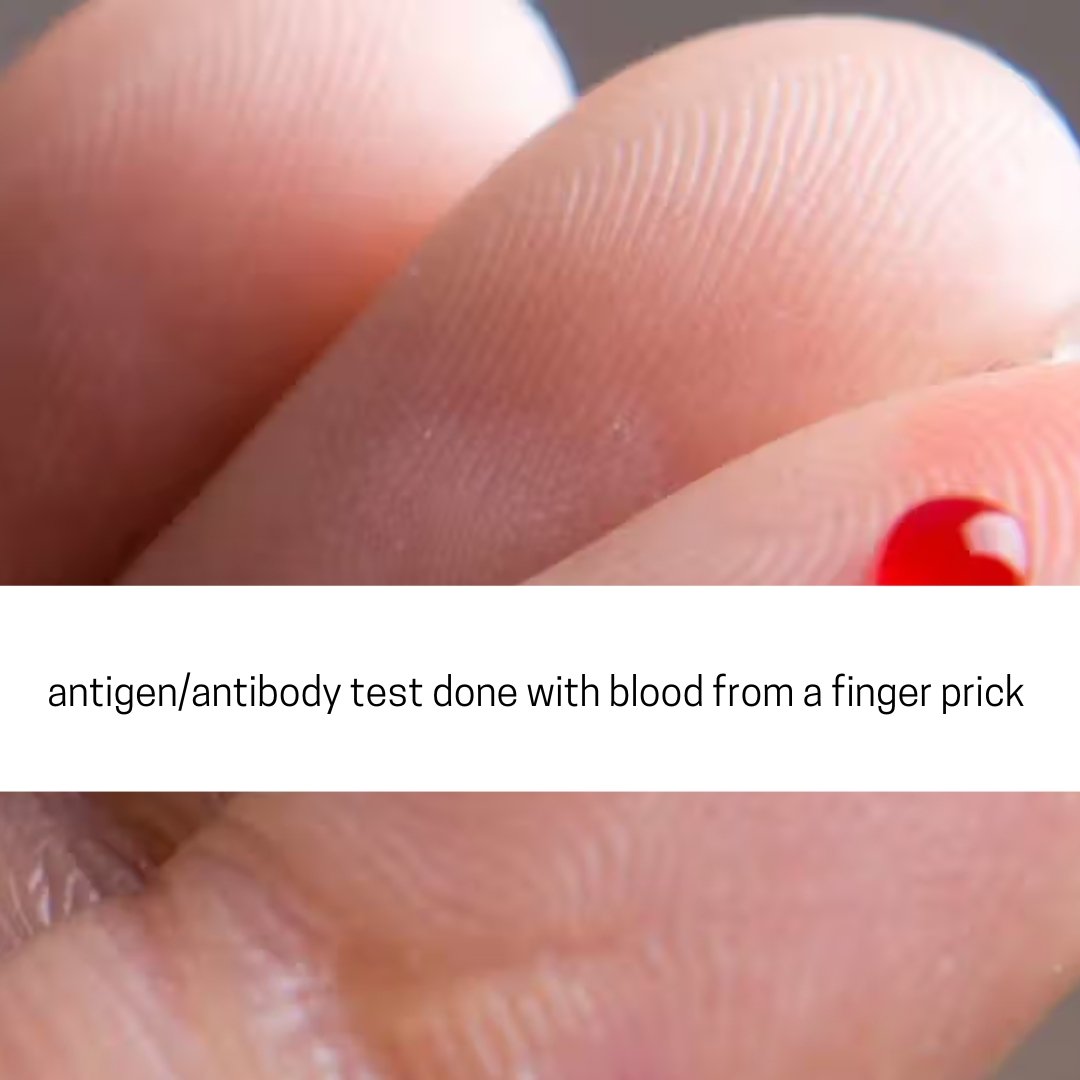

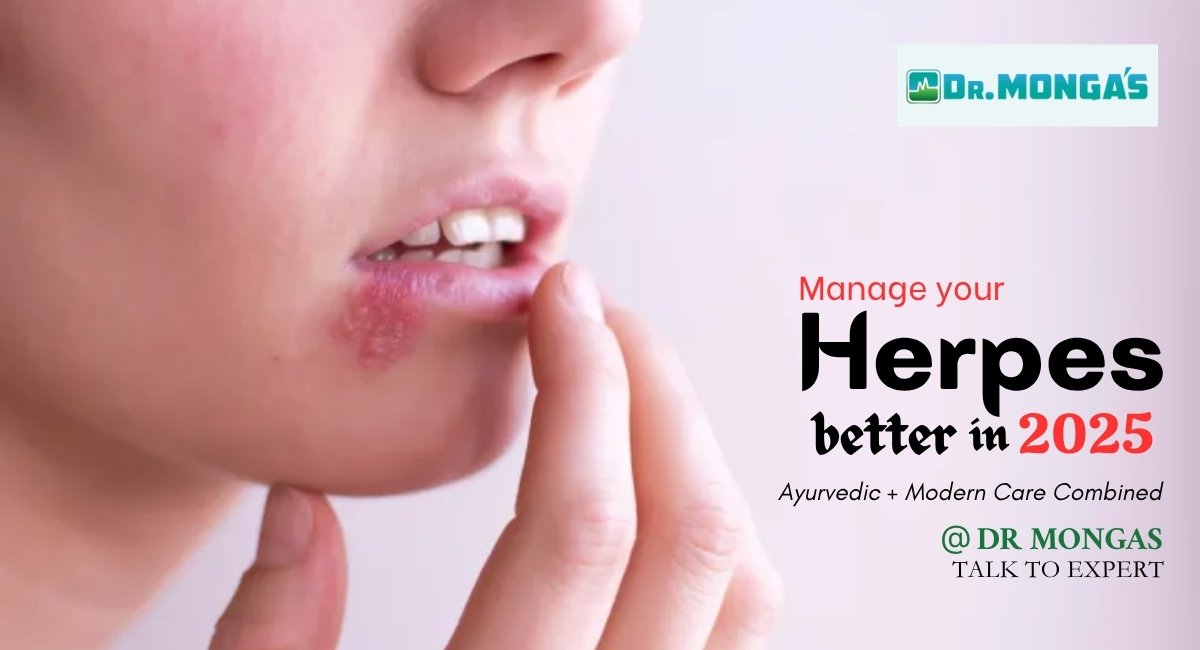
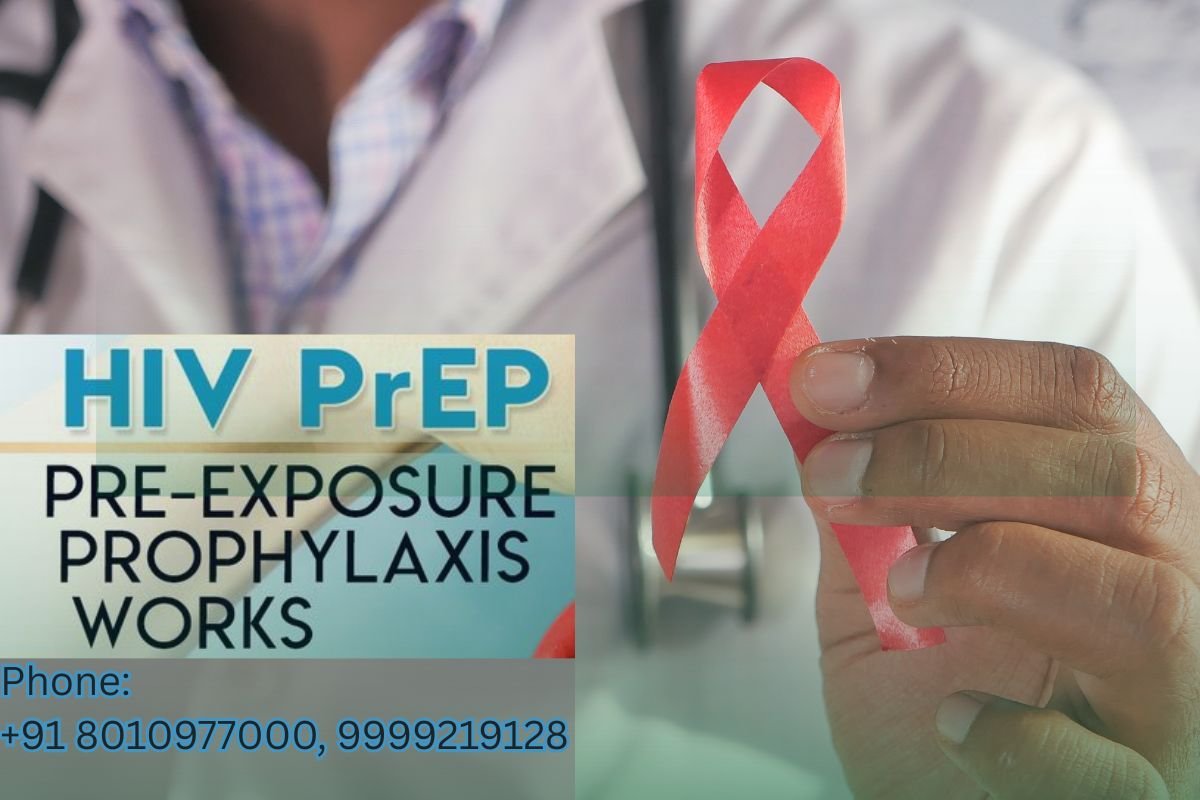
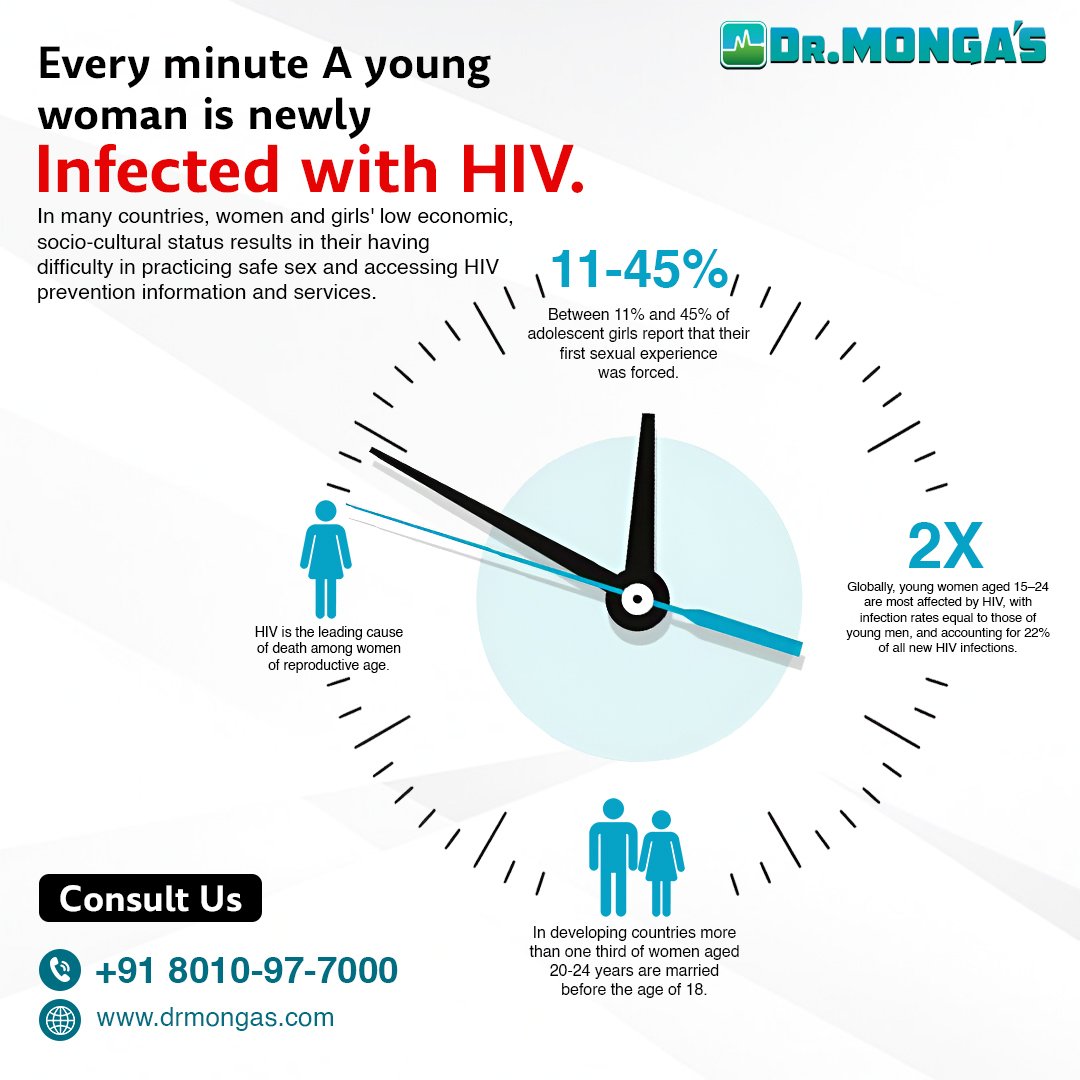

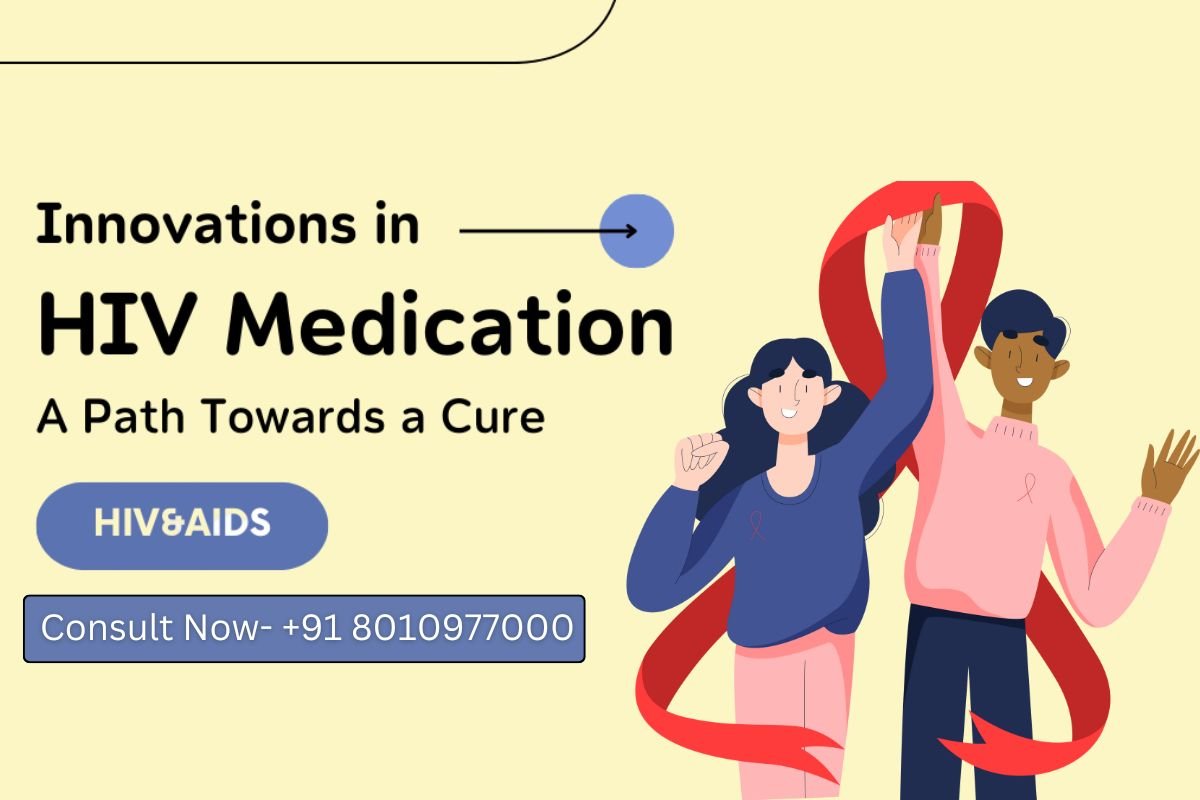
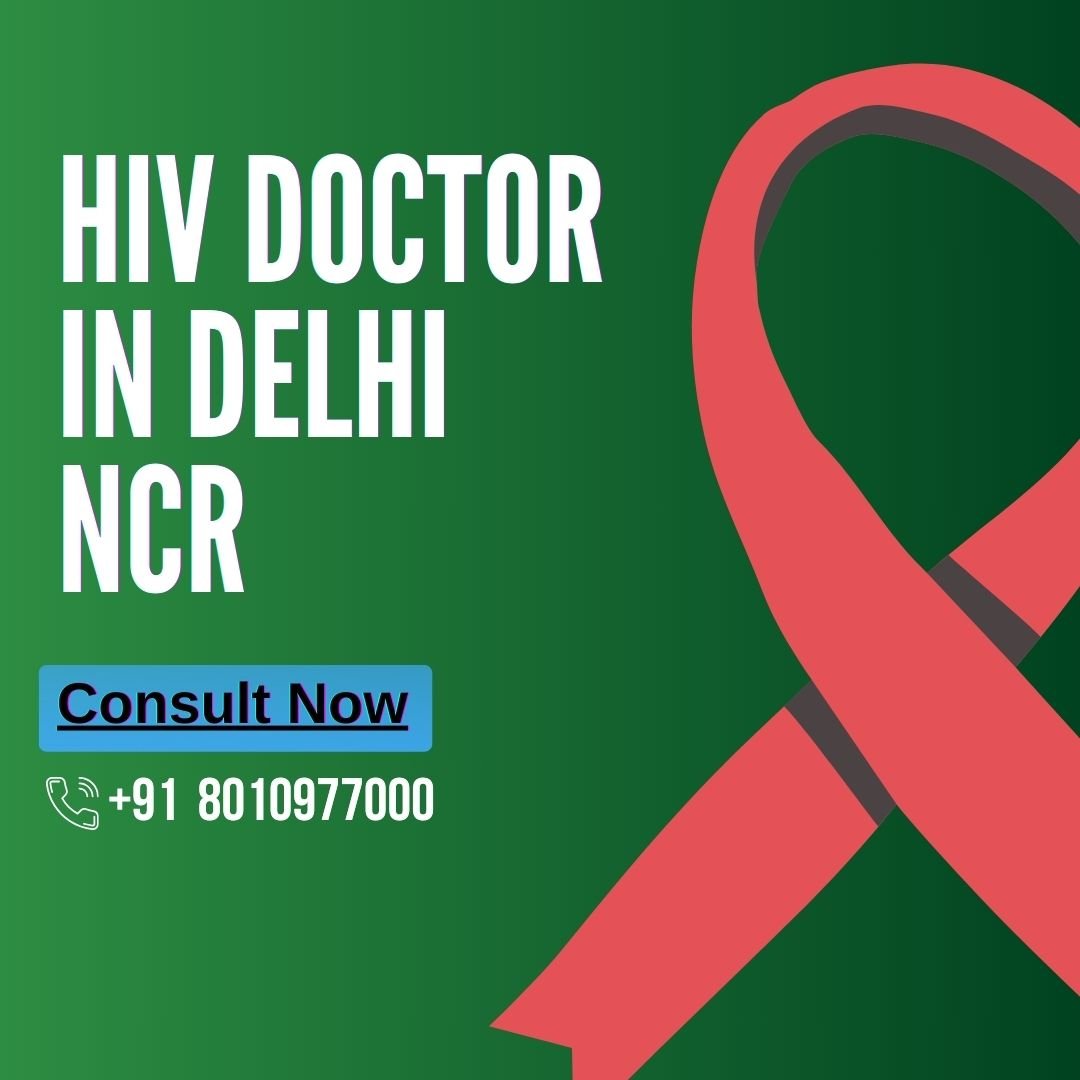

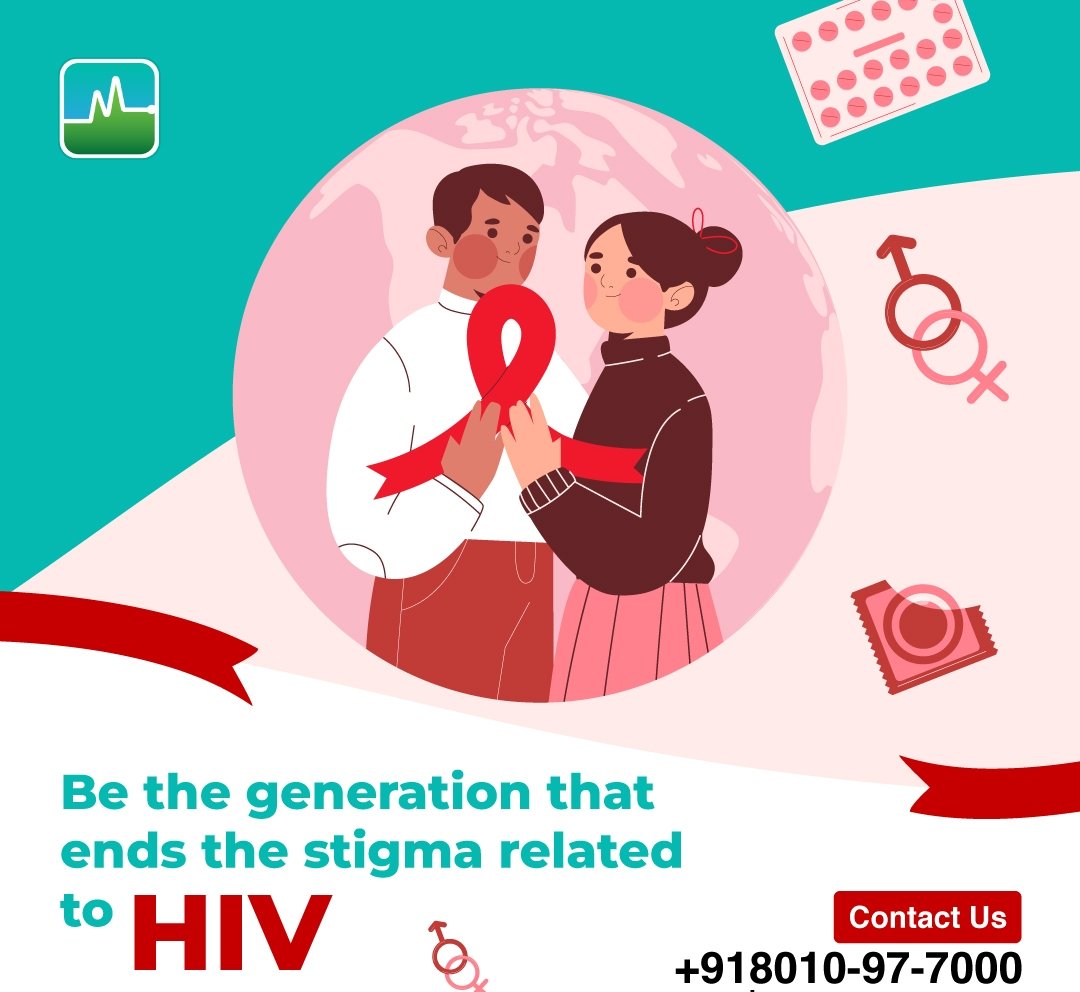

Leave a Reply